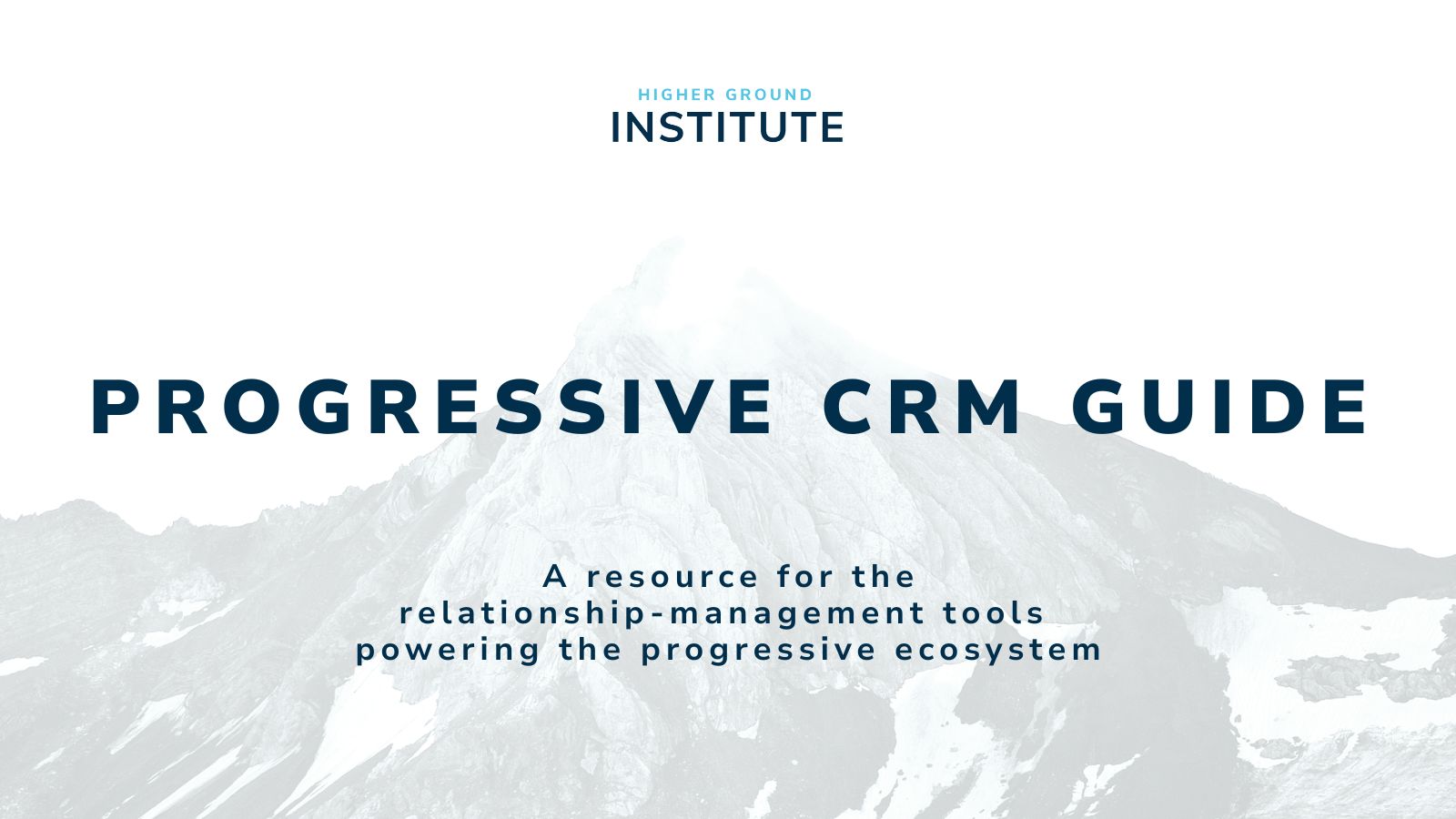In today’s fast-paced political landscape, staying on top of media trends and conducting thorough research is crucial. As narratives shift rapidly, it can be resource-intensive and time-consuming to keep up, leaving campaigns at risk of falling behind.
Generative AI is emerging as an impactful technology for campaigns and organizations looking to streamline their media monitoring and research efforts. In our AI Edition: Political Tech Landscape Report, we highlight innovative case studies and trends that show how AI can make these critical campaign functions more efficient and accessible.
Red Wine and Blue: Mining YouTube for Insights
Red Wine and Blue leveraged several AI tools to gain a competitive edge in the Ohio Issue 1 campaign in November 2023.
- First, they used Eightify to data-mine opposition YouTube content and comments
- Then, they transferred those insights to ChatGPT-4 and discovered patterns in messaging and how viewers were processing and contextualizing that information
- Finally, they leveraged those insights to predict trends in voter search behavior
The results? They used those insights in search behavior to run ads on those terms targeting voters who were seeking more information on the amendment and drive them to pro-amendment messaging. These search ads were highly effective, with clickthrough rates 6 times the industry average.

Chorus AI: Refining Media Monitoring
Chorus AI is using AI to take media monitoring to the next level by:
- Creating a more precise news monitoring tool that understands campaign themes and context beyond just raw terms
- Learning from user feedback to improve monitoring over time
- Integrating with your own internal shared drive to supplement media with your own internal content
In one example, Chorus AI helped the Texas Border Abuse Campaign curate news about Governor Abbott specifically related to immigration and the border. The AI-powered tool outperformed traditional monitoring methods, which often produced irrelevant results about other people named “Greg Abbott.”
CASA: Rapid Legislative Monitoring
Working with the Cooperative Impact Lab, CASA used AI to supercharge their legislative monitoring in Virginia:
- Quickly summarized and analyzed legislation for their Cover All Kids campaign
- Used Claude and Plural to generate summaries in both English and Spanish
- Created calls to action and draft letters to targets
This AI-powered approach allowed CASA to respond rapidly to developments in Virginia’s short legislative session.
Emerging Tools for AI-Powered Research
In addition to Chorus AI, several new tools are making AI-assisted research more accessible:
- Clipbook: Provides actionable, automated insights on press clips
- Fathom: Cuts analysis time on open-ended qualitative data
- BallotReady: Uses AI to collect local government data more quickly and accurately
- RivalMind AI: AI-powered opposition research tool
What AI-Assisted Media Monitoring and Research Means
While still in the early stages, AI is already showing significant benefits for campaign research:
- Efficiency: Processes vast amounts of information faster and at a lower cost
- Depth: Uncovers insights and patterns that might be missed by human analysis alone
- Responsiveness: Reacts quickly to emerging trends and opposition moves
- Focus: Frees up staff time for strategy and high-level analysis
AI tools may also help campaigns combat misinformation more effectively by quickly identifying and analyzing false content across multiple platforms.
While AI brings powerful capabilities to media monitoring and research, human oversight remains crucial. AI should be seen as a tool to enhance, not replace, the expertise of campaign professionals.
Since 2017, HGL has invested in over 70 political technology startups and deployed over $53 million across four funds, supporting companies at the forefront of campaign innovation.



